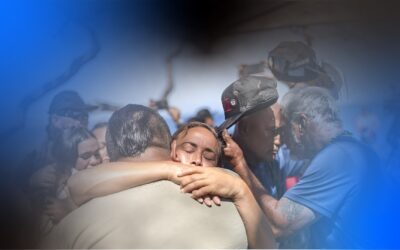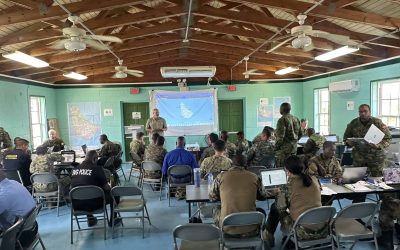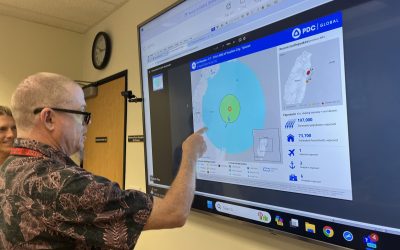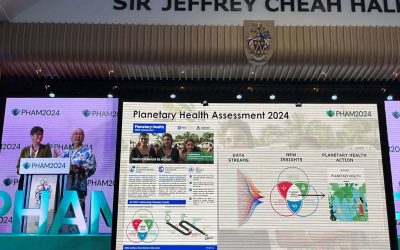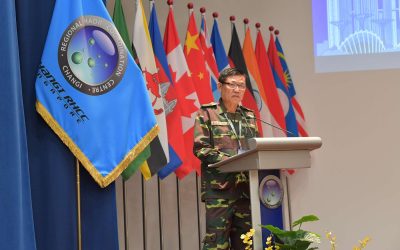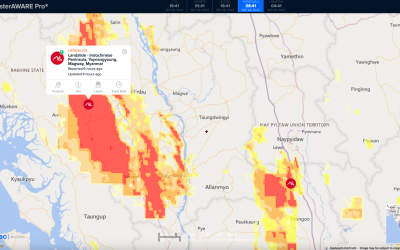Population risk and impact visualizations help agencies to prepare faster and more effectively
The Pacific Disaster Center (PDC), an applied research center managed by the University of Hawai‘i, has ramped up its disaster support team to provide continuous impact analysis for agencies actively responding to Hurricane Harvey—the most dangerous tropical cyclone to make landfall in the U.S. since Hurricane Katrina in 2005. Population vulnerability data and PDC’s one-of-a-kind Global Exposure Model (GEM) provide scientifically reliable information about the built environment as well as information about population exposure to help guide preparedness and response strategies.
“Based on the current forecasts and scientific models offered through PDC’s DisasterAWARE technology, we know the effects of this storm have only just begun,” said Tim Manning, PDC Senior Advisor and Former Deputy Administrator at the Federal Emergency Management Agency (FEMA). He proceeded, saying, “We also know it takes a community to create a safer, more disaster resilient Texas and therefore the importance of protecting oneself and their loved ones in accordance with local advisories cannot be overemphasized.”
Shortly after slamming Port Aransas, Texas in the late hours of August 25, 2017 with torrential rain and wind shear of 125 mph, reports were made of downed trees, power supply lines, and collapsed structures. According to the National Hurricane Center, Hurricane Harvey—downgraded to a Tropical Storm—is expected to bring as much as 40 inches in rainfall accumulation as the slow-moving hurricane moves across the Corpus Christi area.
“This system is just the beginning. We’re going to see over the next 72 to 48 hours devastating rainfall,” said FEMA Director Brock Long, stressing that people need to heed evacuation warnings.
Working hand-in-hand with the Federal Emergency Management Agency (FEMA), the Texas National Guard, and humanitarian assistance agencies, PDC will continue to share analytical products with decision makers through DisasterAWARE to aid with prioritization of response resources and deployment of humanitarian aid to areas most in need.
For more information about Pacific Disaster Center, visit www.pdc.org, or follow Hurricane Harvey as it progresses at www.pdc.org/event-dashboard/2017_Hurricane_Harvey/.


